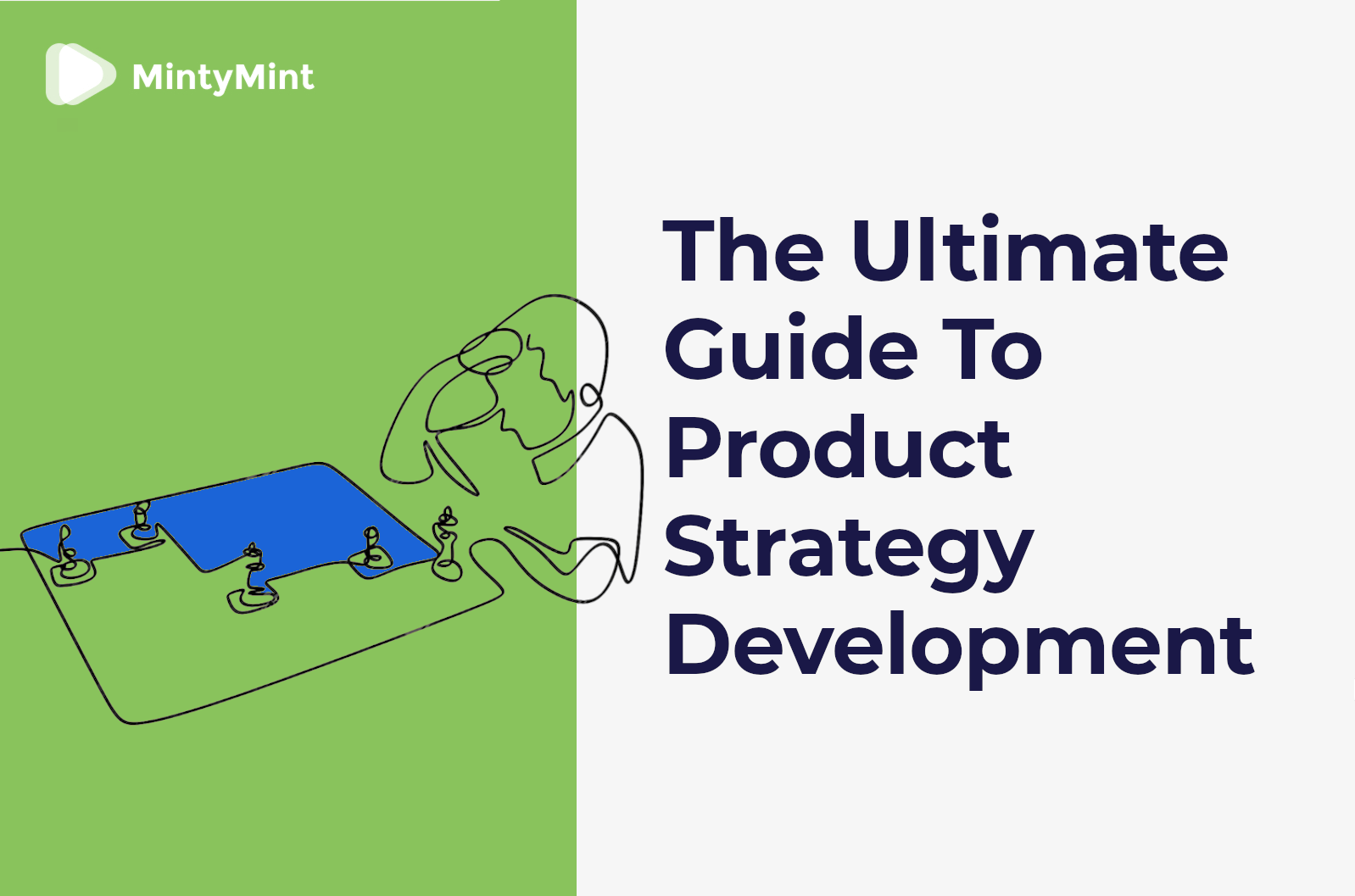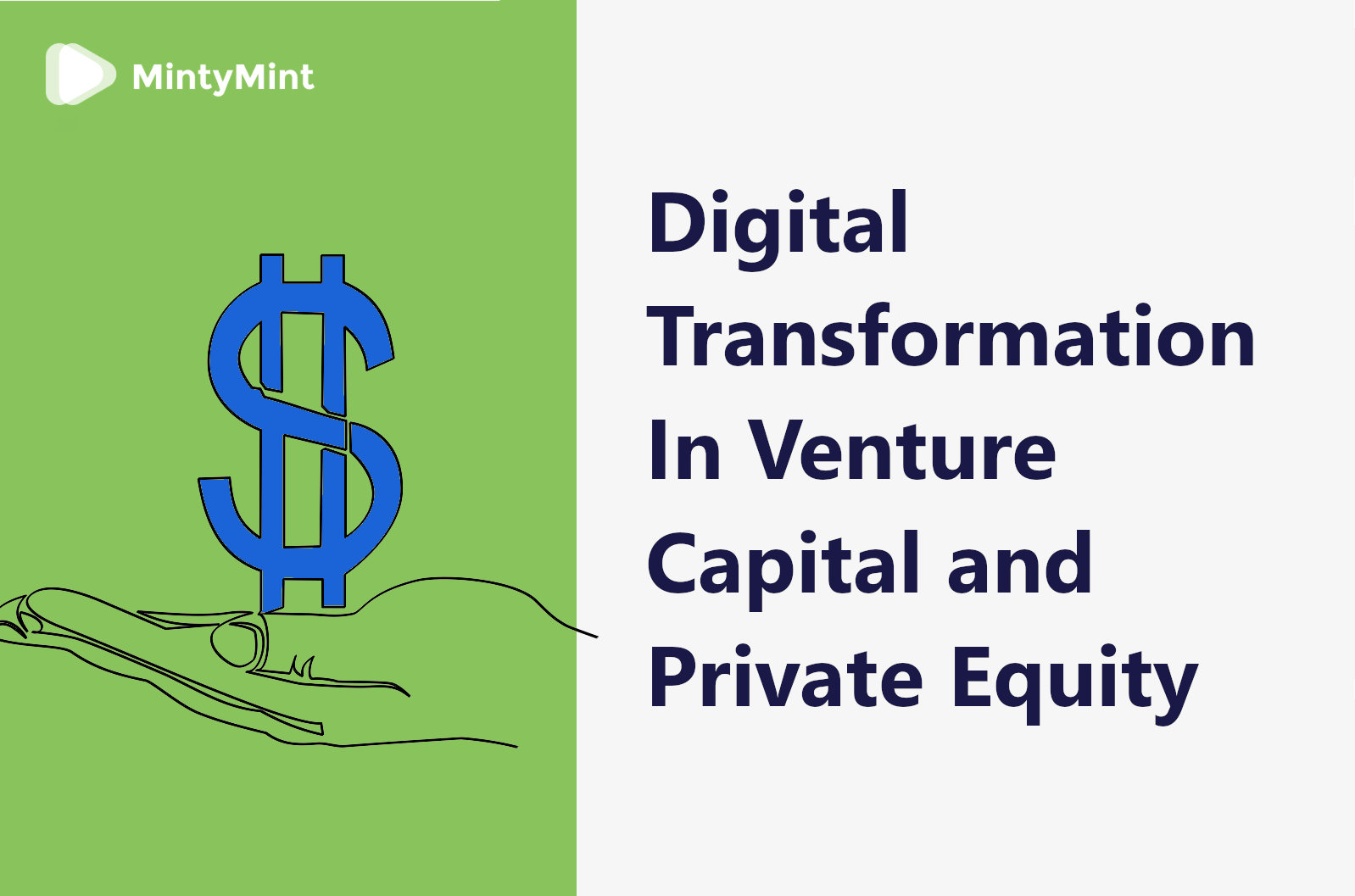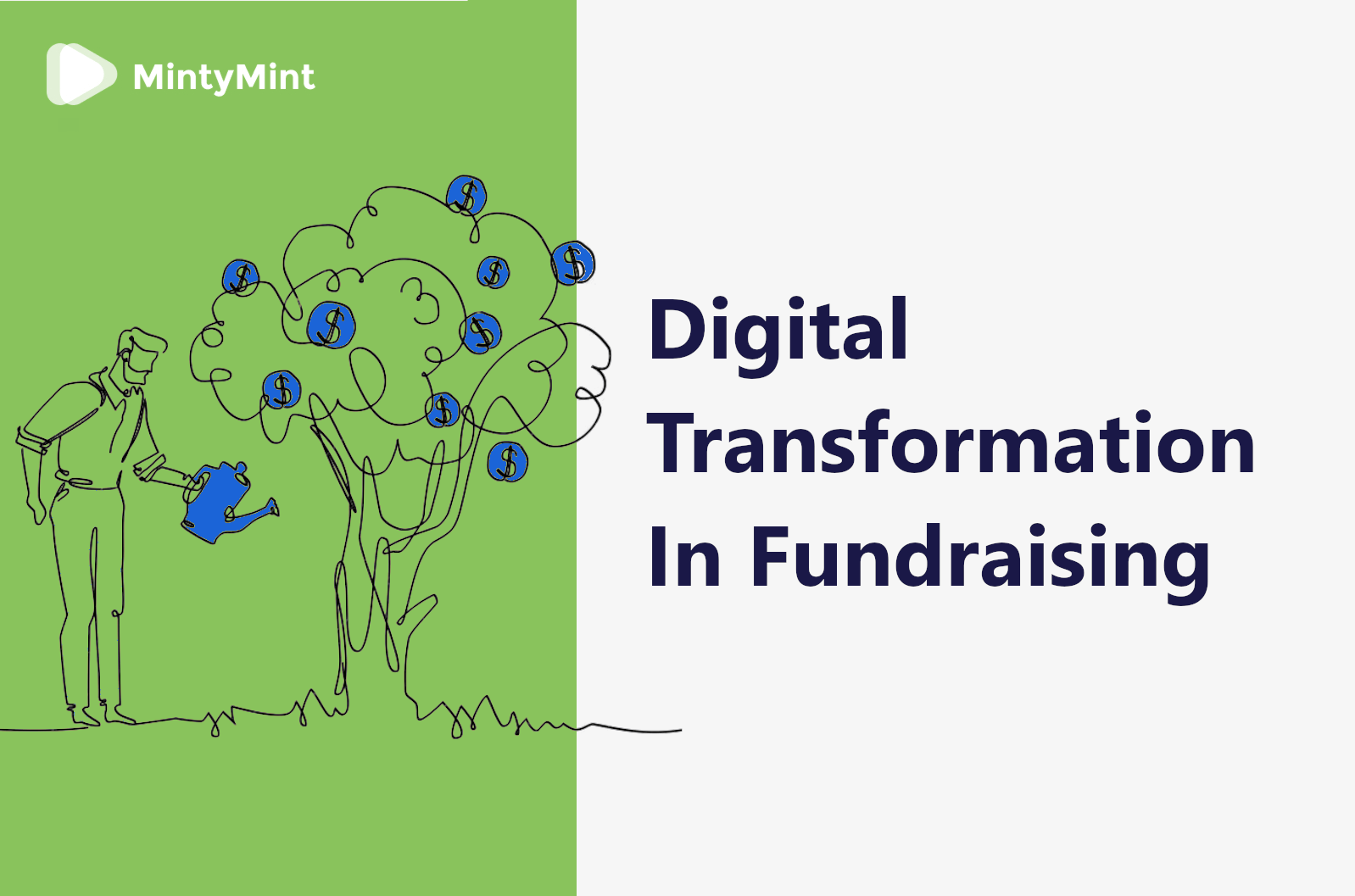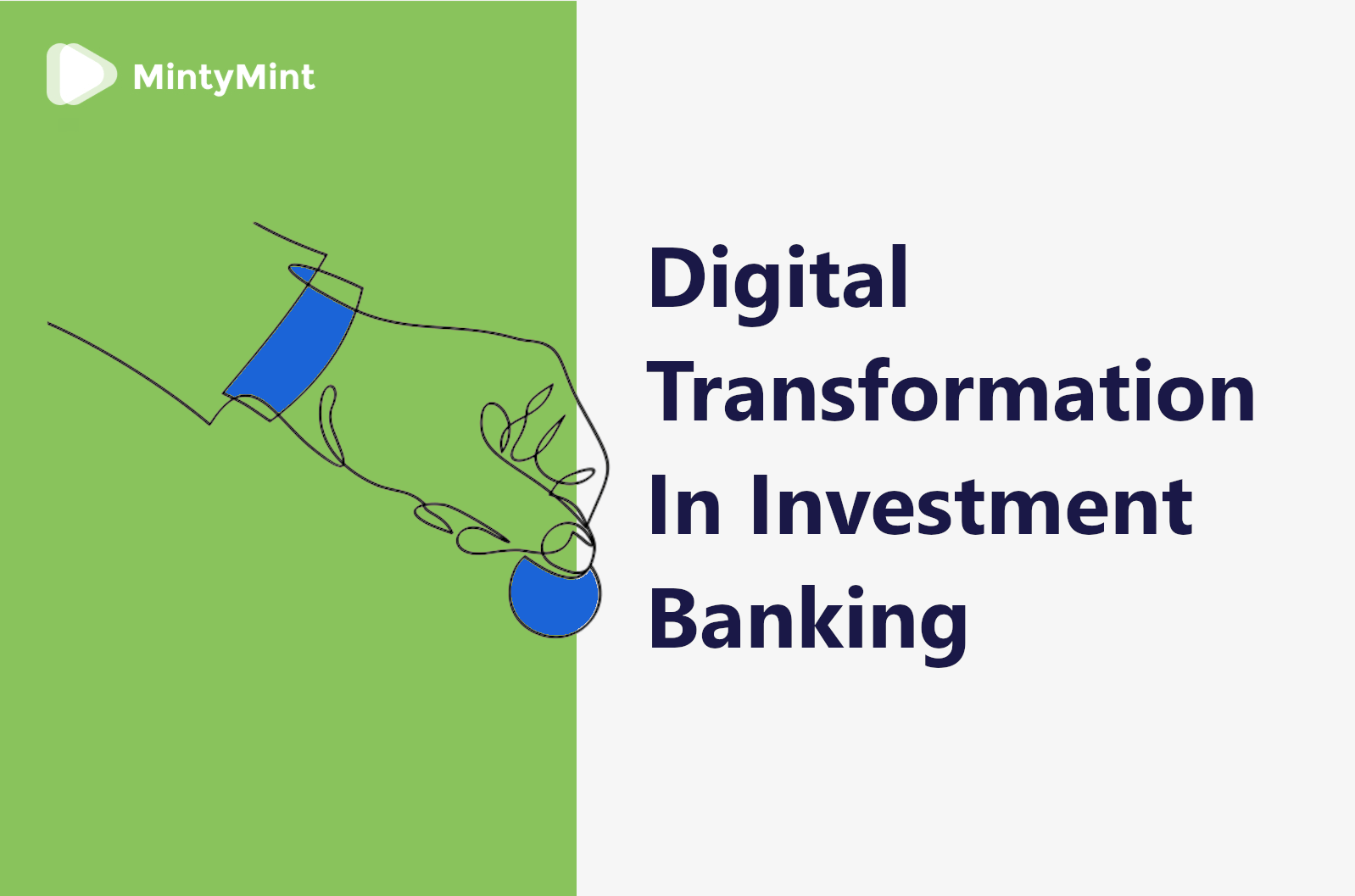Every IT team has its own ways when it comes to producing software. And while some of the main dev tools and techniques are common across the industry, it’s the details that make all the difference.
So, it wouldn’t hurt to explore MintyMint’s software development workflow before you choose us as your outsourcing partner.
Business cooperation models
When it comes to the software development workflow, we must define the three main types of cooperation we offer:
a. Dedicated software team
Need a ready team of experts to work on a project under your supervision?
Hire a dedicated team!
In this case, you outline project goals and we provide a team of skilled devs working on it full-time. You may determine your role in the development process – from direct team management (set tasks and deadlines) to brief supervision of the key milestones. This gives you the right amount of leverage over the dev process while taking all the executive headaches away, without compromising end-product quality.
This option will make it for startups and SMBs with a tech-savvy management and a clear product vision, but no tech team.

The key benefits of hiring a dedicated team with MintyMint are the following:
- Predictable and fixed budget;
- Full-time access to dedicated experts focused on your product and business goals;
- PM and QA engineer services free of charge.
b. Resource staffing services
Moving on to resource staffing (aka team extension). This type of partnership is great for scaleups and existing teams that need additional resources to fulfill a temporary task or take on a particular responsibility within the project.
Externalizing workloads is not just a good move budget-wise. It also alleviates the pressure from your core team (so they can focus on high-priority tasks and challenges) and lifts the burdens of the recruitment process and employee management, which are on us.
Like that, we provide IT experts and take care of HR management and paperwork. Meanwhile, you can focus on essential project tasks and processes.

Here are the main benefits of backing up your team with MintyMint experts:
- Full control over team member management;
- Always available specialists to fulfill urgent tasks;
- Easy recruitment, HR, and paperwork.
c. Turnkey project development
Last but not least, you can always order a complete, turnkey project. For startups and entrepreneurs without extensive IT product building experience, as well as a wide range of SMBs – this is probably the best bet.
In general, it’s a go-to choice for anyone who doesn’t want to deal with process management but does need tangible results.
When ordering a turnkey project, you provide a general product vision and give continuous feedback along the production process. Meanwhile, our team returns a fully tested and release-ready product within the agreed timeframe. Like this, you get a full-cycle project development service where you only pay for results.
The main advantages of ordering a turnkey project from MintyMint are:
- You pay for a ready product (fixed price);
- We take care of production and associated risks;
- Less management as compared to other cooperation models.

IT project development stages
When it comes to the very IT development workflow, our typical project consists of three main stages.
Those are:
1. Discovery and Planning
This is the first stage in any project. Here we transform a client’s idea into a product concept with a clear design and measurable characteristics.
The discovery and planning stage is there to:
- Set the main business goals and needs;
- Investigate potential problems, risks, and solutions;
- Determine the product’s key user value;
- Evaluate competition;
- Develop the client image;
- Define KPIs;
- Outline the main product features and details;
- Create a value chain map with modules, streams, and use cases.
All of this allows us to make a project estimate with a detailed roadmap that includes the scope and time of work, key milestones, and deadlines.
2. Development and Implementation
After a project’s roadmap is outlined, the actual “development” begins.
Our design team creates a UX/UI brand book with elaborate visual materials and nuanced user experiences based on market research and trends.
Meanwhile, our coding department implements the actual back-end and front-end functionalities of the product.
This stage allows to:
- Develop the product’s prototype;
- Create a holistic brand image;
- Develop the program functionalities of the product;
- Create and support the database;
- Conduct initial product testing.
3. Releasing and Maintenance
Once the product is developed and tested, it is ready for release and subsequent maintenance.
At this point, our team prepares technical documentation and transfers the product from the development environment to the public internet.
This stage includes:
- Preparation for the release;
- Publishing the product on public sites;
- Subsequent product maintenance and monitoring;
- Technical documentation.
Frankly speaking, it is the end of the project’s lifecycle. That said, this stage is a continuous process and our experts remain in touch to resolve any technical issues.
Software development team management
Our project manager is always there to help you at every stage of the production journey.
We know that any project or task has an individual set of requirements in terms of daily team collaboration, planning, and execution – which requires an appropriate management approach to ensure smooth software development.
At MintyMint, we have found the following management practices to be the best for us and our clients:
Waterfall
A linear management methodology, it implies a detailed project roadmap with consecutive work stages that follow one another in a strict order.
Waterfall’s advantages:
- Clear end-product vision;
- Defined scope of work;
- Continuous development process;
- Strict project timeframe.
Scrum
Scrum is an agile project management approach. It implies dividing the work into iterative stages called “sprints”, where the progress is constantly updated and reevaluated at online meetings.
Scrum is best used for:
- Big and complex projects;
- Increased client engagement;
- Gradual development process;
- Continuous progress review.
Kanban
A lean management model that revolves around balancing project priorities and team capacities. Kanban offers visualized process oversight via the Kanban board and allows to avoid bottlenecks and reduce both technical debt and WIP (work in progress).
Kanban is good for:
- Efficiency-orientated development;
- Flexible development process;
- Limited resources;
- Visualized workflow.
Custom software development process
Depending on the client’s needs and setup, it is possible to combine different project management practices for greater productivity and customer satisfaction.

Technology and expertise
As for the technology in the arsenal of our IT experts – there are really no boundaries. Our software specialists’ combined experience and skillsets are versatile enough to adjust to every client’s specific needs.
Some of the technologies we often work with include:
Backend:
JavaScript, Typescript, PHP, Laravel, Node.js
Frontend:
Angular.js, React.js, Vue.js, Next.js, Bootstrap, WordPress
Mobile apps:
React Native (for cross-platform apps), Swift, Kotlin
AI / ML
Python
Hiring MintyMint’s specialists, you can rely on our team’s substantial expertise in software development for various industries like fintech, healthcare, eCommerce, social media, and many more.
From digital banks and trading solutions to mobile insurance tools, crowdfunding platforms, online marketplaces, catering services, and business optimization tools – we have the knowledge and experience required to turn your ideas into marketable products.
Final word
Now that you know every nuance of our team’s software development workflow, you can see whether it fits in with your current goals and needs.
Naturally, every project requires a unique approach. So, if you have any questions regarding how MintyMint can help you fulfill your IT goals – feel free to reach out!



















